
AllQuestion and Answers: Page 436
Question Number 175618 Answers: 1 Comments: 2

Question Number 175614 Answers: 1 Comments: 0
Question Number 175608 Answers: 1 Comments: 3

Question Number 175602 Answers: 1 Comments: 2
$$\:\int\:\frac{\mathrm{dx}}{\mathrm{csc}\:\mathrm{x}+\:\mathrm{cos}\:\mathrm{x}}\:=? \\ $$
Question Number 175601 Answers: 2 Comments: 0

Question Number 175623 Answers: 1 Comments: 0
Question Number 175624 Answers: 3 Comments: 0
Question Number 175595 Answers: 0 Comments: 0
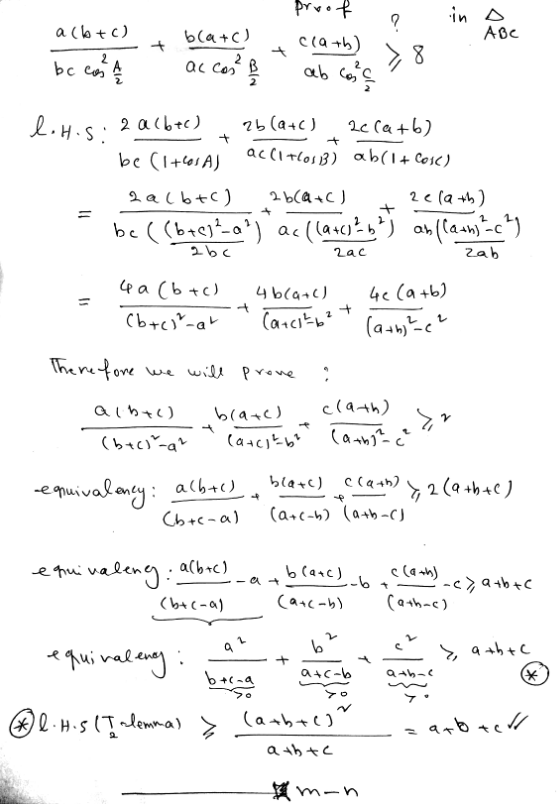
Question Number 175593 Answers: 0 Comments: 3
Question Number 175588 Answers: 2 Comments: 1
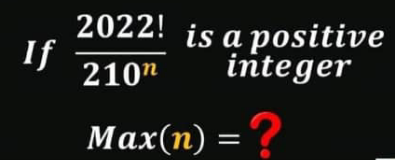
Question Number 175585 Answers: 1 Comments: 6
Question Number 175583 Answers: 0 Comments: 1
$$\int_{\mathrm{0}} ^{\mathrm{2}} {x}^{{t}} {dt}=\mathrm{3} \\ $$$${solve}\:{for}\:{x} \\ $$
Question Number 175579 Answers: 0 Comments: 0
Question Number 175573 Answers: 0 Comments: 0

Question Number 175572 Answers: 0 Comments: 0
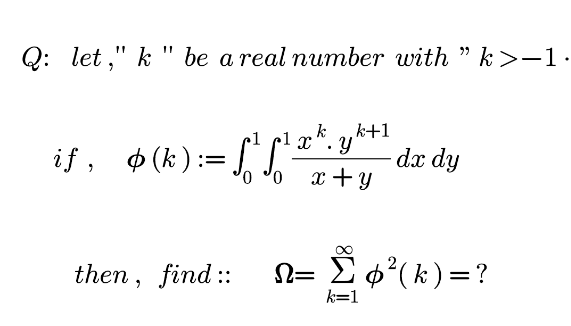
Question Number 175571 Answers: 2 Comments: 0

Question Number 175567 Answers: 0 Comments: 0
Question Number 175568 Answers: 1 Comments: 1

Question Number 175554 Answers: 2 Comments: 0
$${x}^{\sqrt{{x}}} =\sqrt{{x}^{{x}} } \\ $$$${find}\:{x} \\ $$
Question Number 175553 Answers: 1 Comments: 0
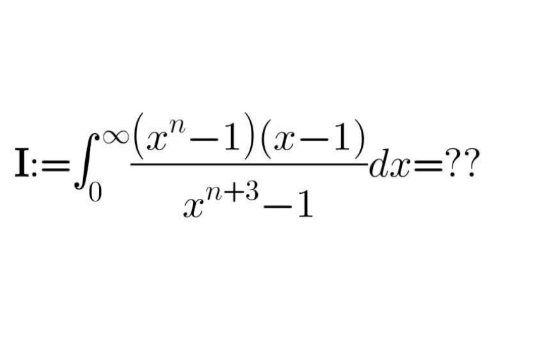
Question Number 175548 Answers: 1 Comments: 4
Question Number 175547 Answers: 2 Comments: 0

Question Number 175544 Answers: 1 Comments: 1
Question Number 175531 Answers: 2 Comments: 0
$$\:\int\:\frac{{dt}}{\mathrm{5cos}\:{t}+\mathrm{6sin}\:{t}}\:=? \\ $$
Question Number 175511 Answers: 0 Comments: 1

Question Number 175516 Answers: 1 Comments: 0
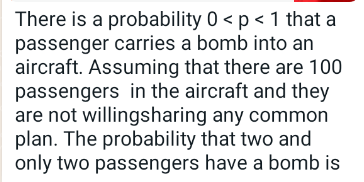
Pg 431 Pg 432 Pg 433 Pg 434 Pg 435 Pg 436 Pg 437 Pg 438 Pg 439 Pg 440
